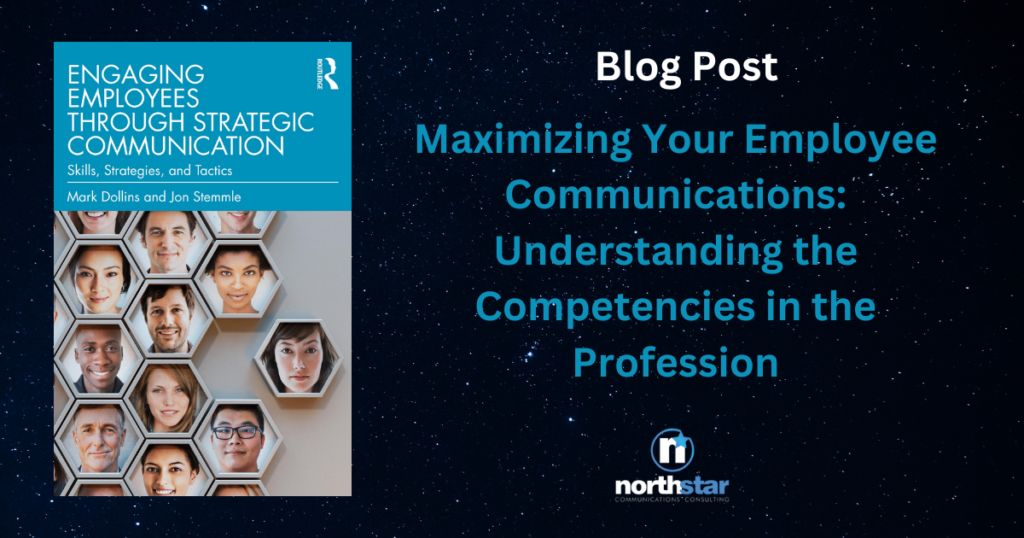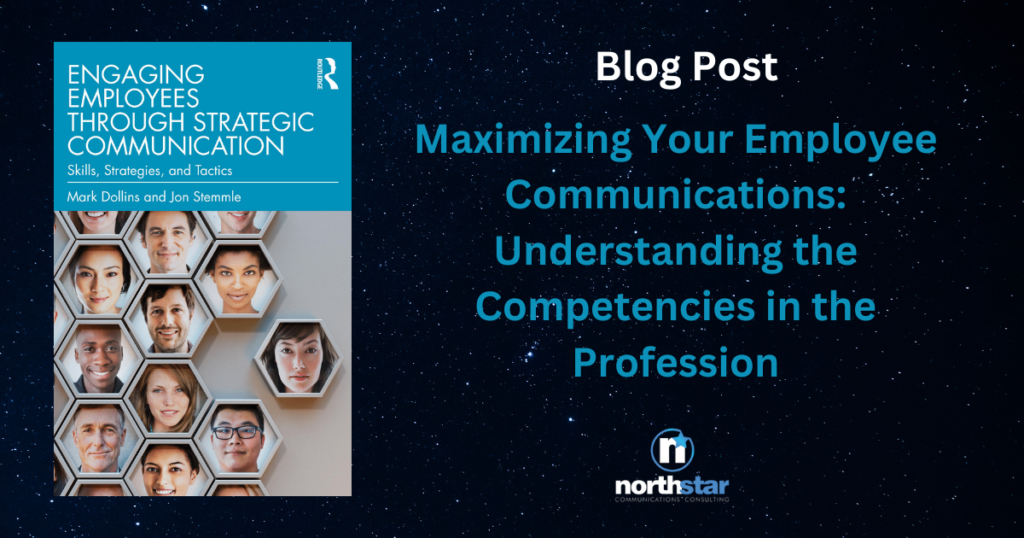
This blog post briefly summarizes chapter three of the book Engaging Employees Through Strategic Communication by Mark Dollins and Jon Stemmle. Visit engage-employees.com to grab your copy today.
Success in any career fundamentally reflects acquiring and demonstrating skills, and employee communications is no different. Skills are what get a candidate the job, and improving and building on those skills is what leads to career growth. However, beyond what’s listed in a job posting, it can be difficult to know what communication skills — also known as competencies — are needed to move up the corporate or agency ladder.
This is about more than just doing a regular performance review and showing how an employee can grow. This is becoming a critical issue with millennials and Gen Z employees as they expect true mentors in the office. Research from Deloitte showed that 73% of millennials said they were more likely to stay with a company after five years if their employers were strong educators and trainers. The last thing any organization wants is employees getting frustrated because they don’t know what skills are needed and aren’t getting proper advice for how to advance, causing them to leave the organization for other jobs.
So, let’s start with a basic definition of a competency. A U.S. Department of Labor report defines a competency as “the ability of applying or using knowledge, skills, abilities, behaviors, and personal characteristics to successfully perform personal work tasks, specific functions, or operate in a given role or position.”
Technical competencies are competencies that are specific to a job or function within an organization (even though some may have little or nothing to do with technology). Developing and demonstrating technical competencies is important in meeting the responsibilities of an employee’s current role and in preparing him or her for future potential roles. One example of a technical competency that is specific to a communications professional would be storytelling. Think of technical competencies as a “means to an end” — in that they help employees perform their roles effectively and give them a runway for future growth and development. Organizations also may have what are called leadership competencies. These are skill sets that are used to assess and develop current and future leaders. As employees continuously gain proficiency with the technical competencies required for their roles, executive management concurrently is looking at future leaders through the lens of leadership competencies. Developing talent in others, such as their team members, could be an example of a leadership competency.
Competencies can fall into both technical and leadership categories, but the way they are framed will be different. Leadership competencies are often broad and more general in nature whereas technical competencies would be more specific. Communication is a great example of a competency that fits both. A leadership competency for communication might define it to include listening, interpersonal communications and/or small-group communications. Communication as a technical competency for a communications professional would go deeper to include skills such as editorial excellence, positioning and reputation management.
So, if we look at how technical and leadership competencies fit together, it looks like this:

Interested in learning more about employee communications competencies and what it looks like to progress through them? Grab a copy of Engaging Employees Through Strategic Communication today at engage-employees.com to read the full chapter three.
Get Your Copy Of The Engaging Employees Through Strategic Communication Book Or Contact North Star Communications Today

The diagram above shows the different topics covered in the book. Take advantage of the opportunity to enhance your organizational communication strategy and engage your employees effectively by getting your hands on the highly recommended book, Engaging Employees Through Strategic Communication by Mark Dollins and Jon Stemmle. Piqued your curiosity? Want to know why change communications, Block Chain, Artificial Intelligence and employee activism will shape our near-term future? Visit engage-employees.com to grab your copy today.
If you’re looking for expert guidance in implementing change communications, talent development, and coaching in your organization, look no further than North Star Communications Consulting. Contact us today to schedule a free consultation and take the first step toward transforming your organizational communication approach.


